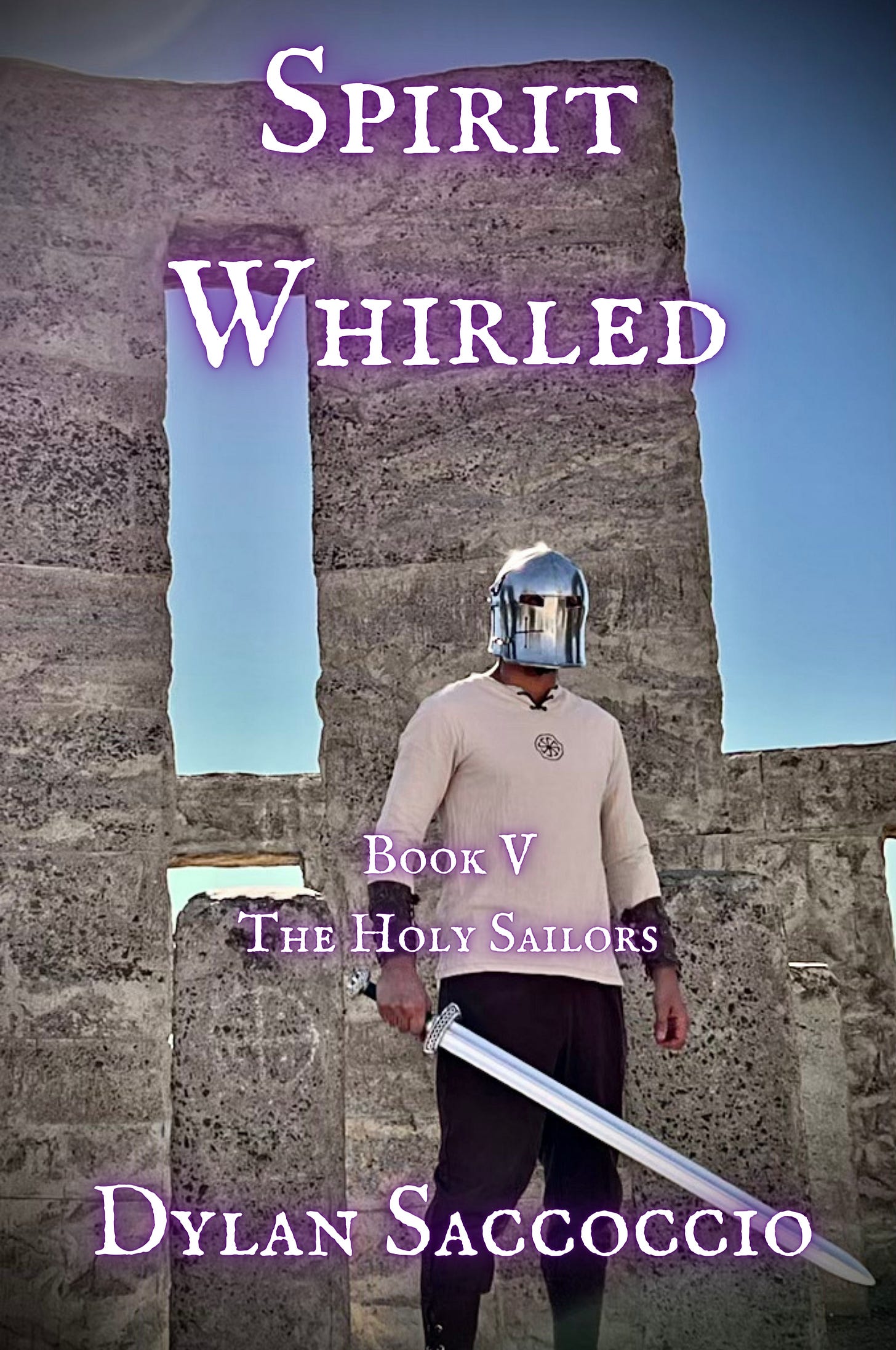Fresh Batch #59: The Etruscan City of Vulci
Why Does Not One Greek or Roman Writer Account for Its History?
The River Fiora was likely deeper long ago, like many other Etruscan rivers are claimed to be, hence the reason Vulci was founded near it. Though Vulci looks to be named after Vulcan, the Etrurian archetype for this deity was allegedly Sethlans, and the Etruscan word for Vulci was Velchi or Velx. However, the name is not so important as the idea of working with fire and a forge. Image Source.
With every post regarding Etruria, I shall draw you closer and closer to appreciating the scope of the cover-up of Italian history or the uncovering of something even more sinister. To the north of Tarquinii was Vulci. Grant wrote (The Etruscans, p. 160), “Apart from a bare record in the catalogues of the geographers, there is absolutely no account of the ancient city and its history in the works of any Greek or Roman writer. These are gaps which stand in strange contrast to the immense wealth of jewelry, metalwork, pottery and other ancient objects that have come out of Vulci’s cemeteries since the 1820s—when Napoleon’s brother Lucien Bonaparte, Prince of Canino, after accidental discoveries by a ploughman on his estate, first brought out of the soil thousands of artifacts (and his wife appeared at the British ambasador’s parties loaded with Etruscan jewels). In 1842 it was remarked that the yield from this site already exceeded even the riches of Pompeii and Herculaneum.”


What the hell is going on here? The story of an accidental ploughman discovering ancient artifacts that everyone else throughout history missed is used over and over again. See my post The Famine Stele and Other Likely Forgeries. Is it possible that the artifacts discovered in Europe and Asia Minor are that which was taken from the tombs of Egypt, so that the nations could legitimize their claim on them?
In The Holy Sailors (click the image), the reader learned that there were only two nations who made drink from grain: Egypt and Britain. Both were granaries for their respective regions. There is much more in Book V to suggest the connection between the two via the Etrusco-Phoenicians, so dive into that if you haven’t read it already.
Become a member to access the rest of this article.
Keep reading with a 7-day free trial
Subscribe to Ancient History, Mythology, & Epic Fantasy to keep reading this post and get 7 days of free access to the full post archives.






